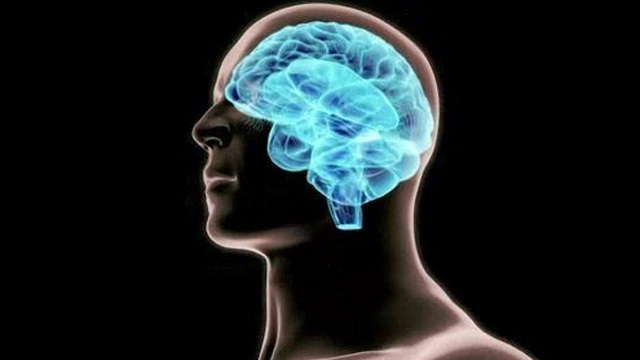There may be new hope for millions of Canadians who suffer from depression.

Researchers from the University of Warwick, UK and Fudan University, China, believe they’ve found the physical root of the mental disorder that can be so debilitating for millions of people worldwide.
READ MORE: Women’s birth control linked to greater chance of depression: study
It’s been known that depression originates in the brain, in part due to a chemical imbalance. But scientists haven’t been able to fully understand the biology of the disorder.
This new study — which analyzed the brain scans of more than 1,000 Chinese patients — found that depression affects a part of the brain called the orbitofrontal cortex (OFC). This region is linked to non-reward and the part of the brain that gives humans a sense of self. But the way this part of the brain interacts makes a person feel a sense of loss as well as low self-esteem.
Edmund Rolls, one of the researchers, explains that a bigger sense of non-reward causes the neurons in the area of the OFC to fire longer, which makes it more difficult for the individual to get out of the negative state.
READ MORE: Anxiety and depression cost the Canadian economy almost $50 billion a year
The researchers hope this new finding will lead to better, more directed treatment for those suffering from depression, including psychological treatment that focuses on getting patients out of that continual state of negative thinking.
“Our finding, with the combination of big data we collected around the world and our novel methods, enables us to locate the roots of depression which should open up new avenues for better therapeutic treatments in the near future for this horrible disease,” said Jianfeng Feng.
The study was published in the journal Brain.


Comments